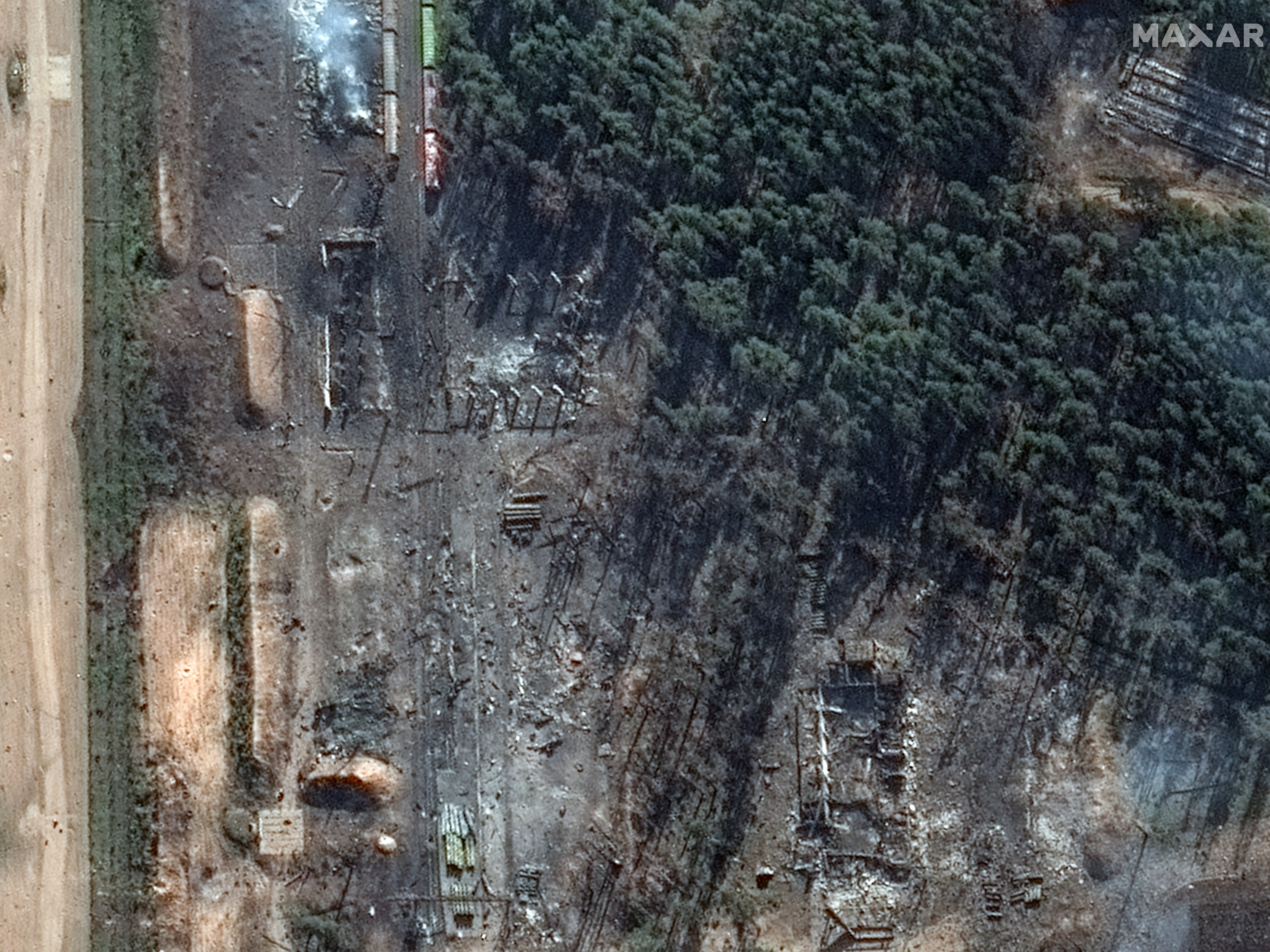Military & Defense: Ukraine's Drone Strikes on Russia's Strategic Assets

Military & Defense: Ukrainian Attacks and Strategic Implications
Ukrainian forces have escalated their military & defense strategy by deploying long-range strike drones, effectively targeting significant Russian military assets. Over the weekend, they successfully hit an ammunition depot at a Russian airbase and a substantial weapons factory in the Nizhny Novgorod region, showcasing Kyiv's striking capability on deep-lying military locations.
Impact on Russian Military Operations
The strikes, which took place at the Lipetsk-2 airbase, aimed at dismantling critical supply lines by hitting ammunition depots and fuel storage necessary for sustaining air operations. B [It’s unclear] if the fighter jets stored at the base, including Su-34 and MiG-31, faced any operational damage.
- Additionally, the attack on the Sverdlov plant in Nizhny Novgorod—located approximately 560 miles from the Ukrainian border—represents a remarkable escalation in Ukraine’s offensive capabilities.
- The plant has been heavily sanctioned by the US for its crucial role in supplying munitions critical for Russian military engagements.
Domestic Production of Drones
Ukrainian military officials noted a heavy reliance on domestically produced attack drones, given restrictions on using Western-supplied missile systems for attacks within Russian territory. Many advocates assert these limitations hamper Ukraine’s capacity to mount effective counter-offensives.
As U.S. military analysts assess the implications of these deep-strike campaigns, it becomes increasingly evident that the conflict's dynamics may be shifting in favor of Ukraine, pressuring Russian military logistics.
This article was prepared using information from open sources in accordance with the principles of Ethical Policy. The editorial team is not responsible for absolute accuracy, as it relies on data from the sources referenced.